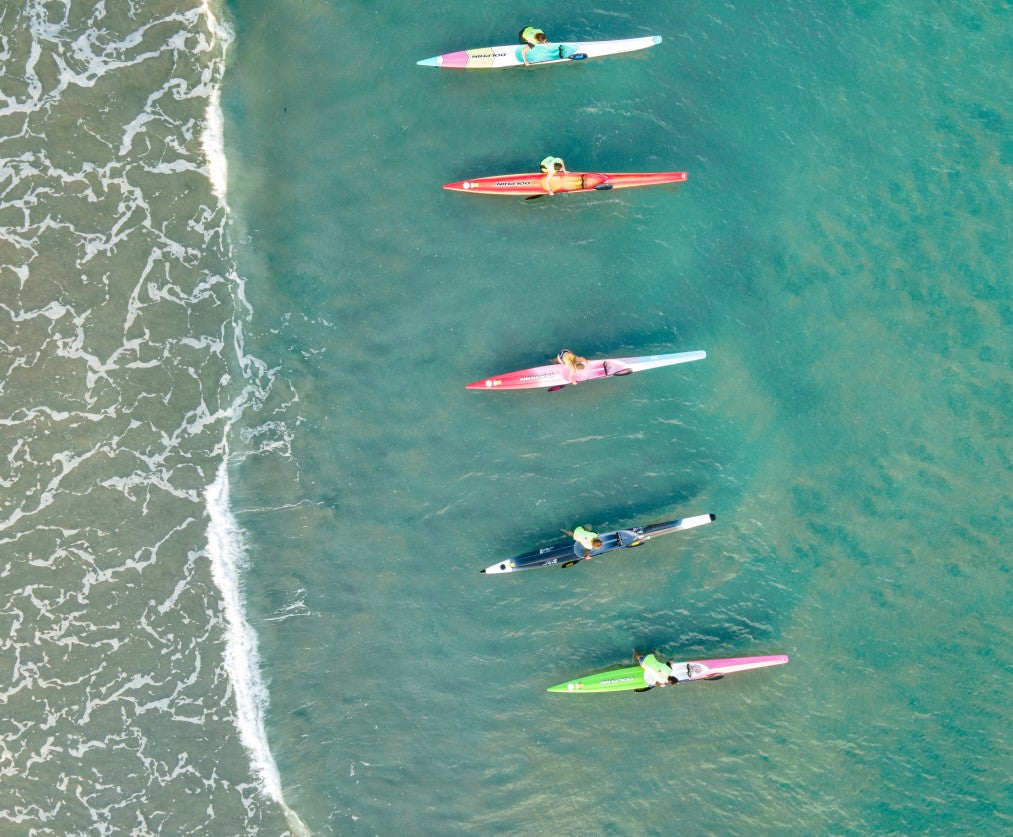
Embarking on a multi-day kayak expedition in unfamiliar waters can be an exhilarating adventure. However, careful planning and preparation are crucial to ensure a safe and enjoyable journey. In this comprehensive guide, we will walk you through the essential steps to plan and prepare for your expedition, covering everything from researching the location to specialized tips for kayaking and canoeing. Let's dive in!
- Researching the Location: Before setting out on your kayak expedition, gather as much information as possible about the location you'll be exploring:
- Study maps, nautical charts, and guidebooks to familiarize yourself with the area's water conditions, landmarks, potential hazards, and local regulations.
- Learn about the weather patterns, tides, currents, and wildlife encounters specific to the location.
- Research any permits or licenses required for kayaking in the area.
- Assessing Your Skills and Fitness: Evaluate your kayaking skills and ensure they align with the demands of your expedition:
- Consider taking a kayaking course or training sessions to improve your technique and knowledge.
- Assess your physical fitness level and engage in endurance and strength training if necessary.
- Practice your paddling skills in various conditions to build confidence and proficiency.
- Planning the Itinerary: Designing a well-thought-out itinerary will help you make the most of your kayak expedition:
- Determine the duration and distance of your journey, keeping in mind your skill level and the characteristics of the water body.
- Identify potential campsites or accommodations along your route and plan for rest stops and sightseeing opportunities.
- Break down your itinerary into manageable daily distances, considering factors such as tidal flows, wind patterns, and daylight hours.
- Safety Considerations: Safety should always be a top priority during your kayak expedition:
- Invest in high-quality kayaking gear, including a properly fitted personal flotation device (PFD), a reliable kayak, and suitable paddles.
- Pack essential safety equipment such as a marine VHF radio, navigation tools (compass, GPS), a first aid kit, and signaling devices (flares, whistle).
- Familiarize yourself with basic rescue techniques and self-rescue methods.
- Share your itinerary and expected return date with a trusted contact who can raise an alarm if necessary.
- Gear and Supplies: Packing the right gear and supplies ensures you're well-equipped for the journey:
- Prepare a comprehensive checklist that includes camping equipment, food, water, clothing, and personal items.
- Pack lightweight, waterproof dry bags to protect your belongings from water damage.
- Opt for lightweight and compact camping gear to minimize the weight and space constraints of your kayak.
- Consider bringing extra layers of clothing, as weather conditions can change rapidly on the water.
- Food and Water: Proper nutrition and hydration are essential for sustained energy and well-being throughout your expedition:
- Plan your meals and snacks in advance, focusing on lightweight, non-perishable food items that require minimal preparation.
- Carry a sufficient supply of drinking water or invest in a portable water filtration system to ensure access to clean water during the journey.
- Store your food and water securely to protect them from potential contamination and wildlife.
- Navigation and Communication: Effective navigation and communication tools are vital for a successful kayak expedition:
- Learn basic navigation techniques, such as using a compass and reading nautical charts.
- Carry a reliable GPS device or a smartphone with offline navigation apps.
- Consider acquiring a marine VHF radio to communicate with other boaters and emergency services.
- Always keep a waterproof map and a marker for annotating important landmarks or potential hazards.
- Specialized Tips for Kayaking and Canoeing: To enhance your experience and safety on the water, keep these tips in mind:
- Maintain a proper paddling technique to maximize efficiency and reduce the risk of injuries.
- Be mindful of your body posture and engage your core muscles to maintain stability and balance.
- Practice edging your kayak or canoe to improve maneuverability and control.
- Learn how to perform a self-rescue, including techniques like the paddle float rescue or the Eskimo roll for advanced kayakers.
- Stay alert and be aware of changing weather conditions, including wind, currents, and potential storms.
Embarking on a multi-day kayak expedition in unfamiliar waters requires thorough planning and preparation. By researching the location, assessing your skills, and following safety guidelines, you can ensure a safe and unforgettable experience. Remember to pack the necessary gear, plan your meals, and hone your navigation skills to make the most of your adventure. So, get ready to paddle, explore, and immerse yourself in the beauty of nature with confidence and enthusiasm!
